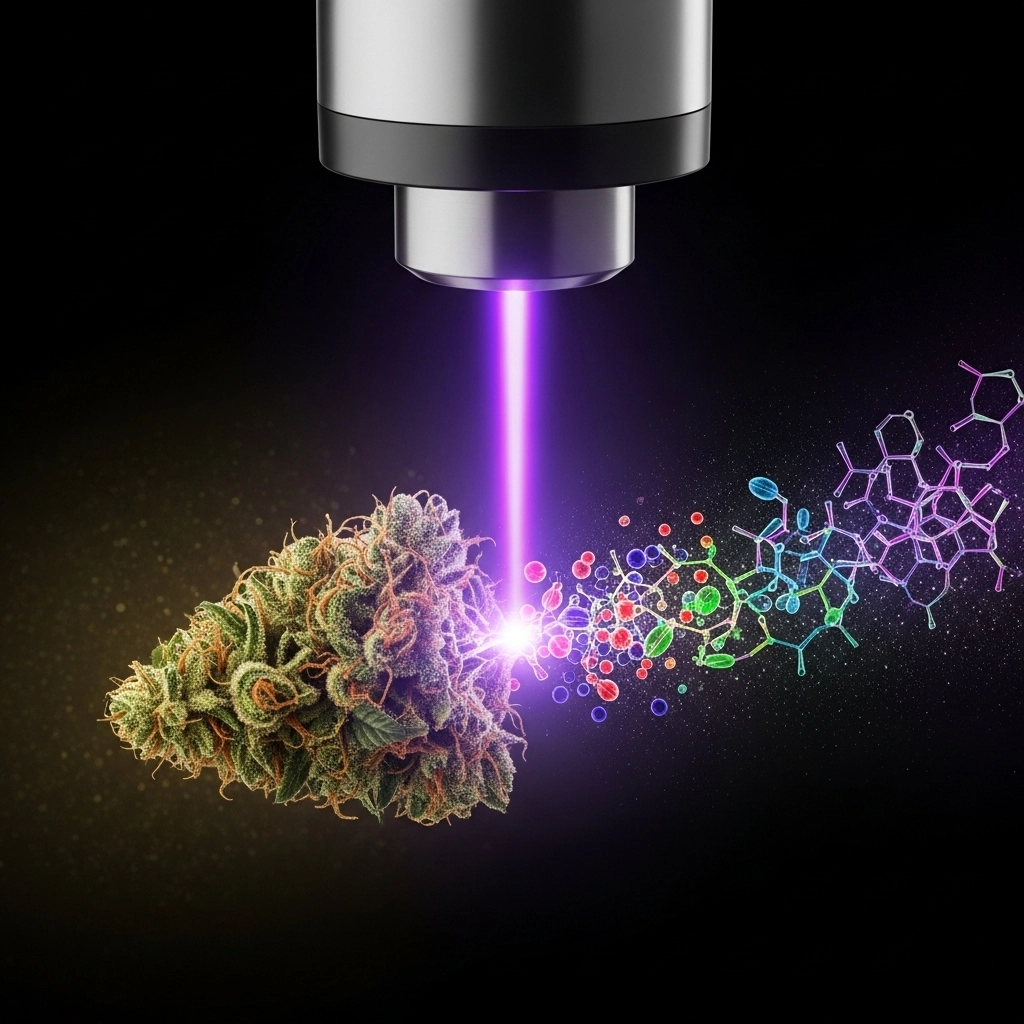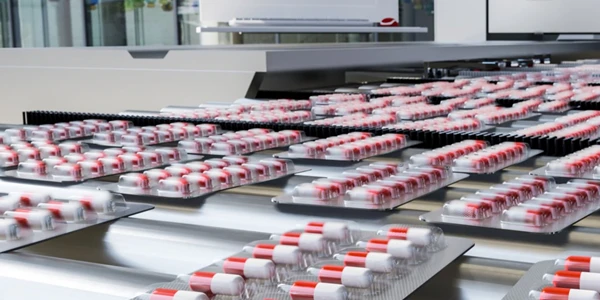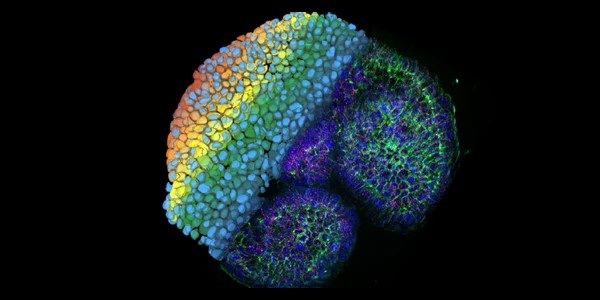Cannabis Processing & Analytical Testing: Ensuring Quality & Safety

Cannabis Extraction Methods: A Comprehensive Guide
The initial phase of transforming raw cannabis involves meticulous processing to isolate valuable compounds. After careful harvesting and drying, the plant material undergoes extraction – a crucial step that separates cannabinoids, terpenes, and other desired components from the plant matrix. While the industry still awaits universal standardization, several effective methodologies are widely employed:
Petroleum Hydrocarbon Extraction: This method offers speed and efficiency, quickly yielding potent concentrates. However, a key consideration is the potential for significant residual solvent levels in the final product, sometimes comparable to the terpene content, necessitating stringent post-extraction purification.
Supercritical and Subcritical CO2 Extraction: Renowned for their cleanliness and safety, CO2 methods produce high-quality extracts. These techniques, while effective, can be slower, more complex, and often require substantial investment in large, specialized equipment and precise operating conditions.
Alcohol Extraction: A fast, clean, and highly effective approach, alcohol extraction is appealing due to the low toxicity and excellent solvent properties of alcohols. However, the energy-intensive process of removing residual alcohol due to its decreased volatility can be a challenge.
Regardless of the chosen method, the goal is to produce a pure and potent concentrate, ready for further refinement and comprehensive analytical assessment. Analytical instrumentation manufacturers are actively supporting cannabis testing laboratories by developing sample preparation protocols, refining methods, and establishing Good Laboratory Practices (GLP) to ensure compliance with stringent state environmental and food safety regulations.
Cannabis Potency Testing: Accurate Cannabinoid & Terpene Analysis
Potency testing is paramount in the cannabis industry, providing consumers with accurate information about the active compounds in their products. Laboratories typically quantify 8-12 medically relevant cannabinoids, such as THC and CBD, and can analyze up to 3,000 unique terpenes – aromatic compounds increasingly recognized for their therapeutic potential.
The primary analytical techniques for cannabinoid and terpene quantification include:
High-Performance Liquid Chromatography (HPLC) or Ultra-High Performance Liquid Chromatography (UHPLC): These methods are widely used because they do not involve heat treatment during analysis. This allows for a precise determination of both carboxylated (e.g., THCA) and decarboxylated (e.g., THC) forms of cannabinoids, which is crucial as these forms possess distinct bioactive properties.
Gas Chromatography (GC) or Mass Spectrometry (MS): GC, often coupled with MS (GC-MS), is also employed. However, the heat involved in GC analysis causes complete decarboxylation of cannabinoids. While useful for "total THC" analysis, it doesn't differentiate between the acidic and neutral forms present in the original sample.
Cannabinoid potency, particularly THC levels, can vary significantly based on plant strain, cultivation conditions, and extraction techniques, ranging from 5% to over 25%. Continuous improvements in quantitative accuracy are being driven by the availability of high-quality chemical standards.
Cannabis Contaminant Testing: Ensuring Product Safety & Purity
Beyond potency, ensuring the safety and purity of cannabis products is non-negotiable. Comprehensive contaminant screening protects consumers from harmful substances that can inadvertently enter the product at various stages.
Pesticide Testing
Pesticides are commonly used in commercial cannabis cultivation to protect crops from pests. However, many are carcinogenic or mutagenic, posing serious health risks, especially to immune-compromised medical cannabis users.
Testing Platforms: Laboratories utilize advanced instrumentation like Gas Chromatography-Mass Spectrometry (GC-MS) or Liquid Chromatography Triple Quadrupole Mass Spectrometry (LC-MS/MS) for highly sensitive and accurate pesticide detection. New instruments often come with pre-configured methods, though existing systems can be adapted with specific method development to meet a lab's throughput and range requirements.
Residual Solvent Analysis
The extraction process, particularly with certain solvents, can leave behind harmful chemical residues in the concentrated cannabis extract. Verifying their absence is critical to guarantee a safe, chemical-free product.
Preferred Instrumentation: Gas Chromatography (GC) is the standard for detecting and quantifying a wide array of residual solvents, with instrument performance and sensitivity tailored to specific laboratory needs.
Heavy Metals, Moisture, and Microbial Contaminants
Cannabis plants can absorb heavy metals from soil and fertilizers during growth. Additionally, improper handling or storage can lead to moisture issues and microbial growth.
Heavy Metals: Testing for toxic metals like lead, cadmium, arsenic, and mercury ensures product safety. While various methods exist, all typically involve acid treatment and digestion. Inductively Coupled Plasma Mass Spectrometry (ICP-MS) is favored for its sensitivity and minimal sample processing requirements. Atomic Absorption Spectrometry is another viable option.
Moisture Content: Excessive moisture creates an ideal environment for mold and other harmful substances to flourish. Moisture content is precisely determined using an analytical balance with a heating module or a dedicated moisture balance.
Microbial Screening: Optimal cannabis growth conditions can also foster the proliferation of harmful bacteria and fungi. Therefore, every harvest must undergo rigorous screening. Techniques like quantitative Polymerase Chain Reaction (qPCR) and Matrix-Assisted Laser Desorption/Ionization-Time of Flight (MALDI-TOF) analysis are employed. Furthermore, mycotoxins, such as aflatoxins, can be detected using LC-MS.
Final Thoughts on Cannabis Processing and Testing
The meticulous steps involved in cannabis processing and analytical testing are fundamental to delivering high-quality, safe, and effective products to consumers. As the industry matures, the demand for robust, accurate, and compliant laboratory practices will only intensify. Staying abreast of the latest instrumentation and methodologies is key to success in this dynamic field.
Discover cutting-edge analytical equipment and solutions for cannabis processing and testing. Explore our full range of offerings at LabX.
Frequently Asked Questions (FAQ)
Q1: Why is analytical testing crucial in cannabis production? A1: Analytical testing is crucial to ensure product safety, verify potency (cannabinoid and terpene content), and screen for harmful contaminants like pesticides, residual solvents, heavy metals, and microbes, protecting consumer health and ensuring regulatory compliance.
Q2: What are the primary methods for extracting cannabis compounds? A2: Common cannabis extraction methods include petroleum hydrocarbon extraction, supercritical and subcritical CO2 extraction, and alcohol extraction. Each method has distinct advantages and considerations regarding efficiency, purity, and equipment requirements.
Q3: How is the potency of cannabinoids like THC measured? A3: Cannabis potency is primarily measured using High-Performance Liquid Chromatography (HPLC) or Ultra-High Performance Liquid Chromatography (UHPLC) to quantify cannabinoids and terpenes. Gas Chromatography (GC) coupled with Mass Spectrometry (MS) is also used, particularly for "total THC" analysis.
Q4: What types of contaminants are typically screened for in cannabis products? A4: Cannabis products are rigorously screened for a range of contaminants including pesticides, residual solvents from the extraction process, heavy metals (e.g., lead, arsenic) absorbed from soil, excessive moisture that can lead to mold, and harmful microbial pathogens like bacteria and fungi.










